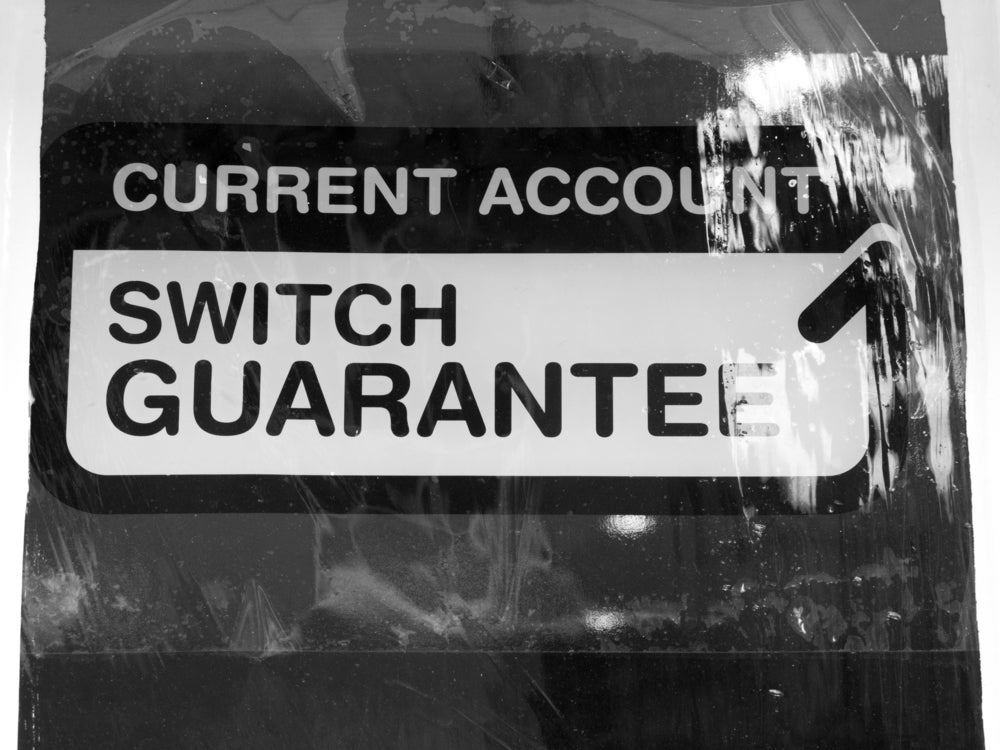UK current account switching remains stuck in a rut. As RBI has noted over the past seven years, rarely has so much nonsense been written than forecasts made about what the impact would be of the seven-day switching service in the UK since it launched in 2013, writes Douglas Blakey
Spoiler alert: consumer behaviour has barely changed (see table). In 2012, some 1.12 million UK consumers switched their primary current account. That number actually fell in 2013, with the launch of seven day switching.
The annual figure peaked in 2014 at 1.16 million. Cue some hysterical and fanciful claims from a few industry observers who ought to have known better at the time, that current account switching might accelerate to rates enjoyed by the mobile telco or energy sectors.
It was never going to happen. Switching rates remain stuck at around 2% per year. Indeed, in 2017, 2018 and 2019 the annual total hovered around the 1 million mark before falling to a mere 700,000 in 2020.
There is now potential for switching rates to accelerate, as evidenced by the most recent monthly statistics for 2021.
In January 2021, a mere 32,000 accounts were switched. By December, the monthly number of switches had recovered to over 91,000.
How well do you really know your competitors?
Access the most comprehensive Company Profiles on the market, powered by GlobalData. Save hours of research. Gain competitive edge.

Thank you!
Your download email will arrive shortly
Not ready to buy yet? Download a free sample
We are confident about the unique quality of our Company Profiles. However, we want you to make the most beneficial decision for your business, so we offer a free sample that you can download by submitting the below form
By GlobalDataAgain, to be fair, the ongoing low level of switching activity has nothing to do with the quality of the service itself-it is a phenomenally successful service in terms of its quality of service. Some 7.6 million switches have been enacted since 2013 with a mightily impressive 99.7% of switches completed within seven working days. In Q3 2021 awareness and satisfaction levels sat at 75% and 91% respectively.
The digital challengers will continue to chip away at the incumbents. Indeed, Starling is the biggest winner over the 12-month period to end September 2021. But we are talking about modest basis point changes in market shares in the primary consumer current account market.
New year, new switching incentives
2022 kicked off with another round of current account switching incentives. For example, Nationwide offers new customers £125 to switch. First direct offers £130, Santander offers £140 and NatWest tops the best offers league table with a £150 cashback incentive.
Switching statistics by bank brand are released three months in arrears and so the most up to date quarterly numbers relate to switches in the three-month period to end September 2021. Looking back a little further, over the past four quarters for which figures are available, highlights a fairly consistent trend.
7 day switching: winners and losers in the 12 months to end Q3 2021
With 69,124 account gains and 6,304 losses, a net gain of 62,820 primary current accounts, Starling is the biggest winner. With net gains of 47,631, Nationwide ranks second ahead of Lloyds (net gains of 37,268) and Virgin Money (+36,371).
TSB is the biggest loser with 15,272 gains against 64,410 losses, a net loss of 49,138. HSBC (net losses of 43,119) and Santander (net losses of 36,039) follow.
The digital challengers will continue to claim that the incumbent banks are too slow to innovate, that they are complacent and that they do not optimise the customer experience.
It is a safe forecast to suggest that he majority of the new challengers – Starling being a notable exception-will continue to post major losses.
The UK banking sector is if anything badly in need of consolidation. Launching a new bank is a huge challenge but finding a profitable niche will be beyond a number of the current players. Witness the decision at the end of January from Masthaven to wind down its UK operations over the next two years.
For the mainstream retail banking primary current account market, material changes in the market shares of the incumbents is unlikely to happen any time soon, no matter how many brands are competing for business. And on that point, an amazing 49 banking brands now participate within the seven-day switching service. Consolidation is long overdue.





